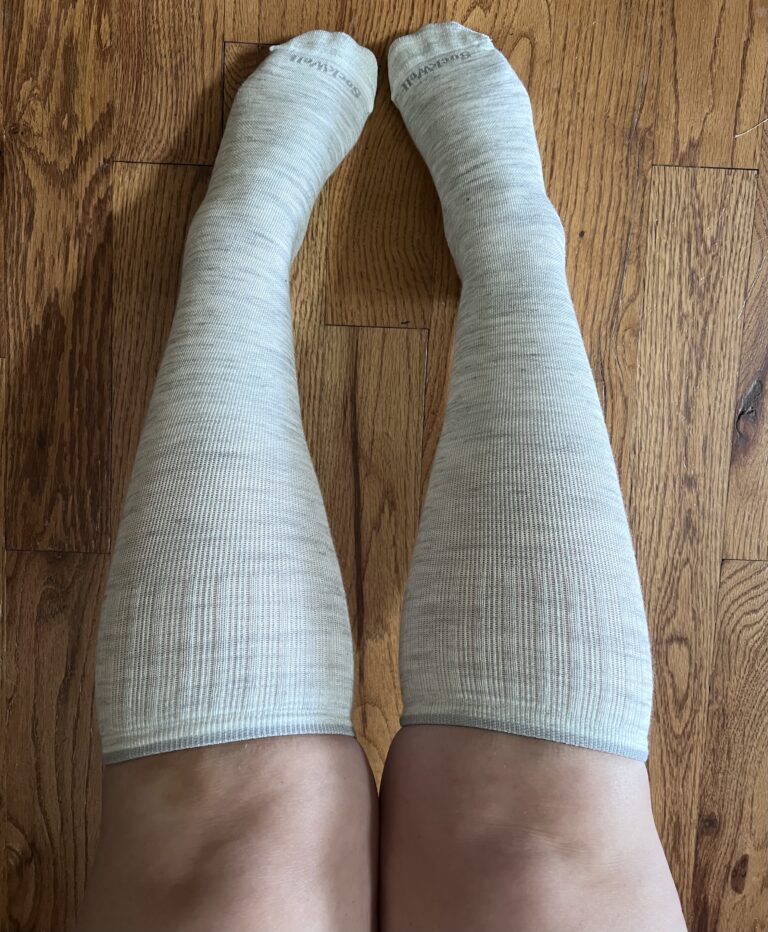4 techniques to manage travel anxiety
Travel anxiety is real. There are so many things that can go wrong when we travel it’s hard not to worry. But there are a few ways you can manage your anxiety before and during a trip that will help you keep your joy and excitement about traveling.
That said, I’ve been feeling pretty anxious lately. With a lot going on in my personal life and a big trip coming up that I have little control over, my travel anxiety has been going through the roof.
Because of my travel anxiety, I am a planner. I research every detail of a trip. We’re talking I want to know what the hotel room and bathroom will look like, and I look up street views of the area we’ll be visiting, as well as read loads of reviews. Most of the time this helps manage my anxiety because I manage my expectations and once I get there it feels familiar.
Of course, it can backfire if you start reading horrible reviews of a location you have planned to visit. But over time, I have learned to take all reviews with a grain of salt. I generally only read 3 and 4-star reviews because they often reflect the good and bad without being sensationalized.
Anyway, with so much anxiety I started realizing I was forgetting important things and not functioning well. So here are 4 techniques I used I change my perspective and calm my anxiety. These techniques can be used at any time, they are not travel-specific. They are also not in any specific order as everyone is different and what works for me in a certain way may not work for you the same.
Mindfulness
I know by now you have heard of mindfulness. But have you practiced it? Mindfulness does not have to be done sitting still, eyes closed, and focusing on your breath. With anxiety, sitting still can be impossible. Mindfulness can be mindfully doing an activity. You can walk mindfully, cook mindfully, craft mindfully. You can do anything mindfully.
To do an activity mindfully, you need to remove distractions. Put down your phone, or turn off the TV. Focus on the senses. What do you see, smell, and hear? Are you using your hands and touching something? How does it feel? Focus on your feet on the ground. Feel the surface you are standing or sitting on supporting you. What do you taste?
Next, scan your body. Are your shoulders up by your ears? If so, focus on relaxing them down. Are you jittery and fidgeting? Are your jaw muscles tensed? As you go through the body, relax areas that feel tight and tense.
Then you can focus on your breath. Is it shallow and in your chest or can you breathe deep into your belly? Is it fast and if so can you slow it down a little? Can you make your breath longer as you do the activity?
All of this leads to the nervous system calming down and realizing you are safe in the moment. This alone could calm your anxiety but you also may then need to move to another way to truly manage your anxiety.
Talk it out
So next you may want to talk it out with someone you trust. Sometimes saying things out loud allows us to hear how improbable our fears may be. Also, talking it out with someone can help us problem solve as well as just get it out of our heads. When our thoughts start spinning it’s hard to stop them. Saying them out loud can help put a stop to the spinning and clear our thinking.
Write down the worst-case scenario and make a plan for it
Similar to talking it out, writing down the worst-case scenario gets thoughts out of our heads. Putting it on paper allows us to take time to reflect on what we are anxious about and come up with a plan to deal with it. If your luggage gets lost or your transfer doesn’t show, how will you handle the situation? Coming up with solutions is empowering and puts us back in control. For minds like mine, this is a great strategy. Once I have planned for all the things to go wrong and how I will handle them I can let the anxiety over them go. And if I have written it down I can carry that with me to remind me if I start spinning up and those thoughts are taking control again.
Breathe
If your anxiety is so high that you can’t think straight to talk it out or write it down, breathwork can help calm you to be able to think clearer. Like mindfulness, it can be a way to stop thoughts by focusing on your breath. However, with breathwork, you are breathing intentionally and using specific techniques.
There are many techniques but here I will share 3 that I use in the moment no matter where I am.
Diaphragmatic Breathing:
Breathe in through your nose, expanding your belly and rib cage. Slowly breathe out through your nose, allowing the air to fully leave your lungs, for longer than you breathed in. For example, if you breathe in for 4 counts, exhale for 6 counts. Be sure you are breathing into the belly and not just the chest.
Box Breathing:
For box breathing you breathe in, hold the breath, breathe out, and hold for equal counts. So breathe in for 2 counts, hold for 2 counts, breathe out for 2 counts, and hold for 2 counts. You can increase to a count of 3 or more as you become more comfortable.
5 Finger Breathing:
For this technique, you run one finger up and down the fingers of the other hand as if you are tracing the hand. As you do this, you breathe in as you go up the finger and breathe out as you move down the finger. This one is helpful if you need a tactile component to settle you.
As you can see these techniques are different than simply focusing on the breath, they are intentional techniques that calm the nervous system and clear the mind.
Travel anxiety is real. But don’t let it steal the joy and excitement of your trip. Use the techniques to help calm your anxiety and enjoy the journey. You can still have an amazing trip with anxiety.
Leave a comment and let me know if any of these techniques help you or what you would add.


